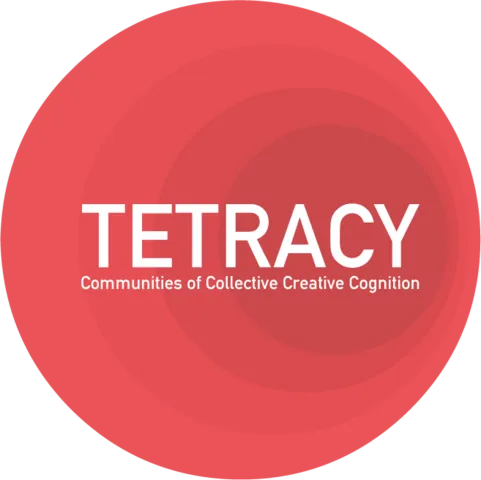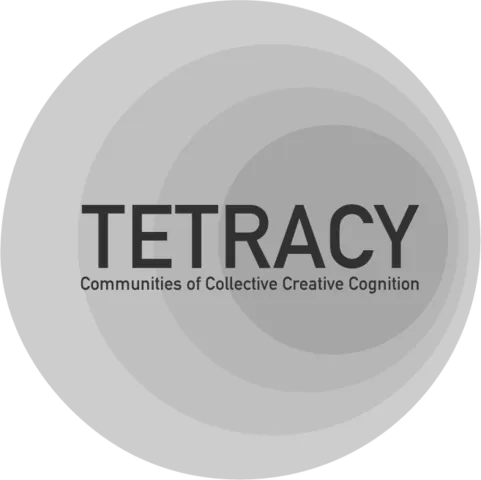Tetracy is...
...the coined name for the methodology that defines and generates a value structure for creative products based on their inherent costs, the expertise required to produce them, happiness, and the basic costs of living in a specific geographical area. Tetracy aims to unite the creative axes and define minimum pricing for specific creative products in a city, to in turn create a unified front among creative professionals in developing a sustainable ethos.
Tetracy comes from the Nomadx Philosophy (Nomadx Foundation) that concludes that the solution for many of the problems in today's creative ethos can be solved by the creation of Communities of Collective Creative Cognition [4 C's = Tetra + "C's" = tetracy].
Tetracy analyzes:
- fair sourcing practices
- minimum prices according to location
- creative product cost structure
- happiness and value systems for creatives
- creative entrepreneurship vs art
Tetracy is built into the local creative community, which tackles head-on the common issue of division between creative companies. A creative company is any group or individual that professionally develops and sells any creative product, the term "freelancer" does not apply in Nomadx or Tetracy.
The value of the creative economy is between 10 to 15% of the U.S. GDP (considering the Nomadx definition of creative areas), but while other equally important sectors (like real estate) have councils, government lobbying, and even government participation, the creative sector as a whole is not represented, thus has no voice, no standardized ethics, and very little consideration as an economic development need. There are specialized associations within the creative sector that tend to specific areas like the SAG, MPAA, AMA, and many others, but these are not global, have no clear participation model, or prioritize large companies.
All product models and definitions are generated in local Tetracy tables. Tetracy tables are conformed of creative companies that have operated professionally for over 2 years. This gives the voting parties the real-world knowledge to generate valid arguments around what constitutes a specific product, the costs implicated, optimal sourcing and client communication, deliverables, and compensation. The tables are assembled by local tetracy councils that interested parties in any metropolitan area form.
As a base Tetracy begins with the general re-definition of creative sectors: Arts, Architecture, Content, Design, Gastronomy, Literature, Music, and Programming. These compartmentalize into smaller sub-sectors, to yield specific products. The method and process of determination of the creative areas are covered in the Nomadx Philosophy and Created to Create (U.S. edition May'22), the basis in definitions and terms of the Nomadx Foundation, written by Daniel Osuna.
Currently, the Nomadx Foundation, a nonprofit organization based in the United States and Mexico, is in charge of opening new city representation directly but is run by local officials that are voted in by the local tetracy members. The tetracy methodology will open up charters to any group of creative companies in any city in 2022.
The Future
THE INTELLECTUAL ECONOMY
The intellectual economy is the future, we are migrating from a market that values tangible goods to one that values ideas, but our international models and definitions are not up to par. Tetracy is the technical branch of the Nomadx Movement, a not-for-profit whose mission is to create a more stable, formal, and unified creative economy. Using proprietary methodologies we create unified definitions of creative products with the purpose of standardizing the creative economy, thus creating a more sustainable future for all creative entrepreneurs.




